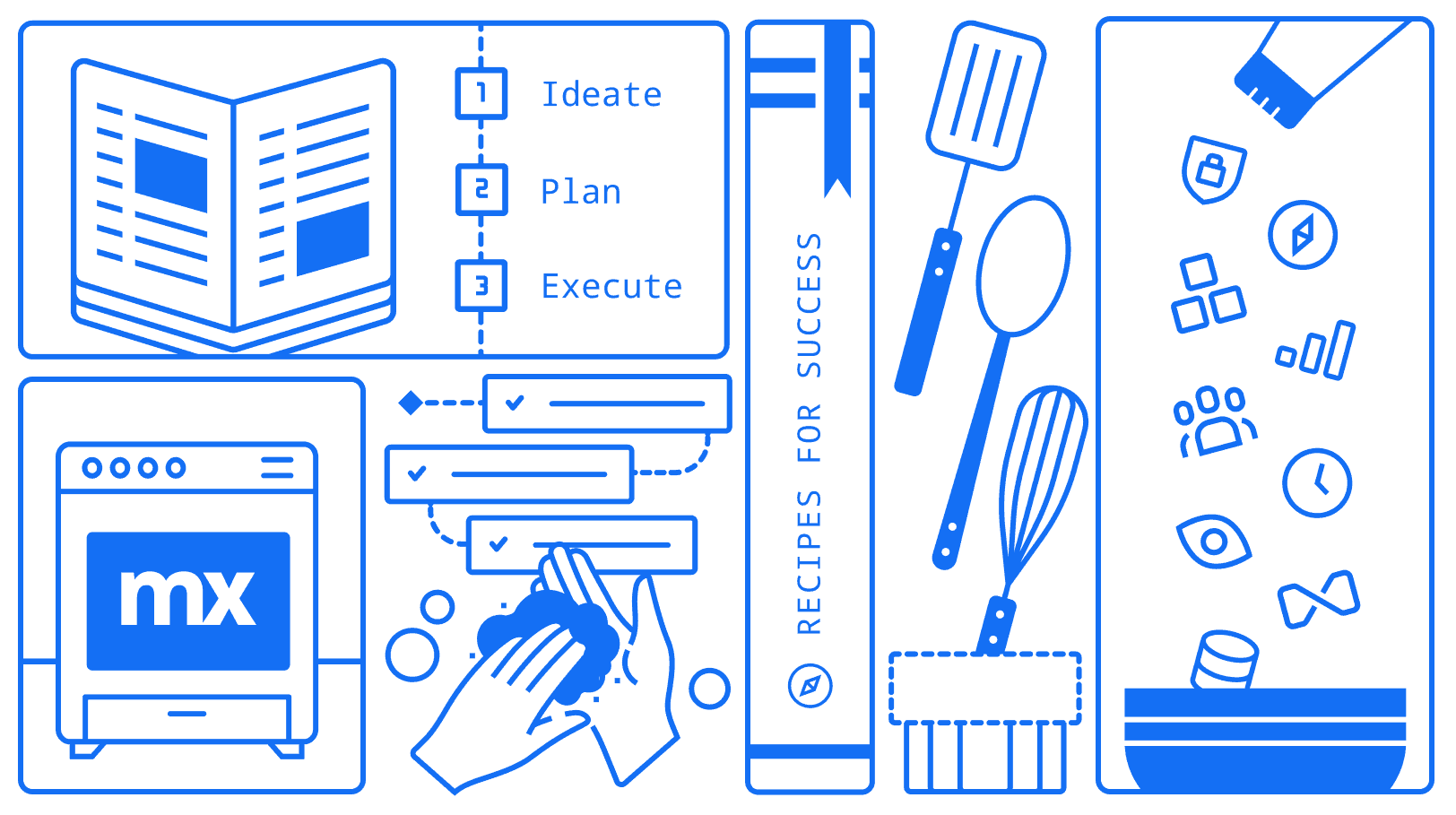3 Reasons You Need to Rethink Low-Code Governance

A successful low-code strategy requires governance. Obvious, right?
The problem comes when you try to apply a high-code IT governance framework thinking to low-code development. Low-code development can provide reduced costs, higher-quality apps, speed, and scale. These are not necessarily things most people would attribute to traditional IT governance strategy. So why bog down your journey with a process that’s not built for it?
The pillars of a successful IT governance model are focus, command, and control. Without those, you’re flailing around and putting fingers into cracks in the dam. But with them? Think more visibility, control, adaptability, and a better path to innovation. And, on top of all that, the confidence that your development strategy and portfolio are in good shape.
So, let’s look at some of the reasons you need to think about your low-code governance plans and how to get there.
1. Increased Efficiency, Faster ROI
By its nature, low-code is faster and more efficient than traditional development. A successful IT governance framework will make it exponentially more beneficial.
On an app level, you should be thinking of ways of building components that can be reused, which means being able to see more of what’s going on on a per-app basis, including version control. But that’s just the start. Think bigger.
On a portfolio management level, this means prioritizing development needs and seeing the entire application landscape. With that, you get better and more centralized collaboration, communication, and visibility.
When you can better pinpoint what’s happening in your portfolio, you can identify gaps, opportunities, and pieces ripe for reuse. Combine that all, and you’re not just moving faster; you’re moving smarter and realizing ROI.
2. Secure, Scalable Applications and Data
Secure development is key to any IT governance strategy. But it becomes even more critical when you start to build off of things like reusable components, democratizing development, and more. A mistake early in the process can lead to lots of problems down the road.
One question to answer is: who’s involved? You need the ability to set access and permissions to protect your applications, components, and, most importantly, data. This is another spot where seeing your complete landscape is helpful.
What about data? Fantastic if you can harness it and action it. Potentially damaging if you expose it, even unknowingly. Top providers will provide a way to harness and use your data without opening you to risk.
3. Higher Quality -> Culture of Innovation
Many (not us) see governance as a necessary evil that an enterprise needs but also something that can bog down development. But low-code governance, done well, allows you to do more and better. And enable a culture of innovation. Pretty good, right?
Imagine being able to, at a glance, see and manage requirements for an application or a landscape. That means better prioritization because you can see where commonalities are. That means resource optimization because you don’t have people in different corners of the enterprise doing similar things.
Take it further. What if you could access real-time data, application health, and performance monitoring? You can take that to fix issues and proactively identify new opportunities.
Your Governance Guide
Understanding the values of good IT governance models is one thing. Being able to action them is another.
Think of it this way: Seeing a picture of a Beef Wellington is all well and good, but try making one on your own without a recipe. If you’re a pro chef, you might be able to pull this off. But most kitchens function best as a team. When everyone knows their part and executes it, you have a great meal.
That’s why we created Low-Code Governance: Foster Innovation, Speed Up Development, Maintain Control. This practical guide shows you why low-code governance matters and the frameworks and tools you can leverage.
Good governance extends beyond the platform and to your people and your planning, and this ebook shows you how to pull everything together.
Mendix understands how vital governance is to a thriving portfolio, so we bake it into every part of our platform and process. The easier the tools are to access and use, the easier they are to engage with. And the easier they are to engage with, the clearer governance becomes.
Keep walking down that road; you’ll find less rework, more secure applications, and more innovative thinking.
Focus on functional requirements over technical specifications
So there you have it. Governance is not a one-size-fits-all across development, and you need to consider your plan for your low-code portfolio.
There’s no magic formula for low-code governance. Planning and executing something that impacts every part of your development lifecycle requires a lot of thought and care. But, working with a partner and platform that includes governance out of the box makes governing faster and more straightforward.
Mendix and governance are your recipe for success.
